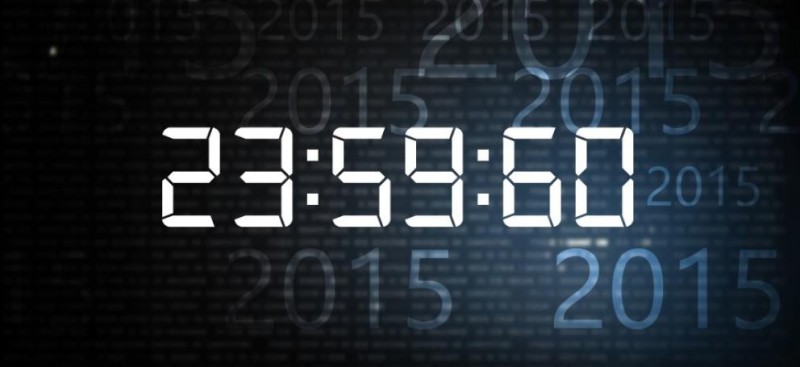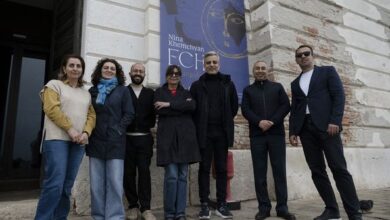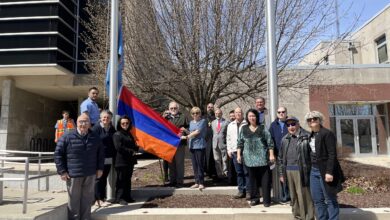June 30 will have an extra second: NASA

The day will officially be a bit longer than usual on Tuesday, June 30, 2015, because an extra second, or “leap” second, will be added, NASA said.
“Earth’s rotation is gradually slowing down a bit, so leap seconds are a way to account for that,” said Daniel MacMillan of NASA’s Goddard Space Flight Center in Greenbelt, Maryland.
Strictly speaking, a day lasts 86,400 seconds. That is the case, according to the time standard that people use in their daily lives – Coordinated Universal Time, or UTC. UTC is “atomic time” – the duration of one second is based on extremely predictable electromagnetic transitions in atoms of cesium. These transitions are so reliable that the cesium clock is accurate to one second in 1,400,000 years.
However, the mean solar day – the average length of a day, based on how long it takes Earth to rotate – is about 86,400.002 seconds long. That’s because Earth’s rotation is gradually slowing down a bit, due to a kind of braking force caused by the gravitational tug of war between Earth, the moon and the sun. Scientists estimate that the mean solar day hasn’t been 86,400 seconds long since the year 1820 or so.
This difference of 2 milliseconds, or two thousandths of a second – far less than the blink of an eye – hardly seems noticeable at first. But if this small discrepancy were repeated every day for an entire year, it would add up to almost a second. In reality, that’s not quite what happens. Although Earth’s rotation is slowing down on average, the length of each individual day varies in an unpredictable way.
The length of day is influenced by many factors, mainly the atmosphere over periods less than a year. Our seasonal and daily weather variations can affect the length of day by a few milliseconds over a year. Other contributors to this variation include dynamics of the Earth’s inner core (over long time periods), variations in the atmosphere and oceans, groundwater, and ice storage (over time periods of months to decades), and oceanic and atmospheric tides. Atmospheric variations due to El Niño can cause Earth’s rotation to slow down, increasing the length of day by as much as 1 millisecond, or a thousandth of a second.
Scientists monitor how long it takes Earth to complete a full rotation using an extremely precise technique called Very Long Baseline Interferometry (VLBI). These measurements are conducted by a worldwide network of stations, with Goddard providing essential coordination of VLBI, as well as analyzing and archiving the data collected.
The time standard called Universal Time 1, or UT1, is based on VLBI measurements of Earth’s rotation. UT1 isn’t as uniform as the cesium clock, so UT1 and UTC tend to drift apart. Leap seconds are added, when needed, to keep the two time standards within 0.9 seconds of each other. The decision to add leap seconds is made by a unit within the International Earth Rotation and Reference Systems Service.
Typically, a leap second is inserted either on June 30 or December 31. Normally, the clock would move from 23:59:59 to 00:00:00 the next day. But with the leap second on June 30, UTC will move from 23:59:59 to 23:59:60, and then to 00:00:00 on July 1. In practice, many systems are instead turned off for one second.
Previous leap seconds have created challenges for some computer systems and generated some calls to abandon them altogether. One reason is that the need to add a leap second cannot be anticipated far in advance.
“In the short term, leap seconds are not as predictable as everyone would like,” said Chopo Ma, a geophysicist at Goddard and a member of the directing board of the International Earth Rotation and Reference Systems Service. “The modeling of the Earth predicts that more and more leap seconds will be called for in the long-term, but we can’t say that one will be needed every year.”
From 1972, when leap seconds were first implemented, through 1999, leap seconds were added at a rate averaging close to one per year. Since then, leap seconds have become less frequent. This June’s leap second will be only the fourth to be added since 2000.








